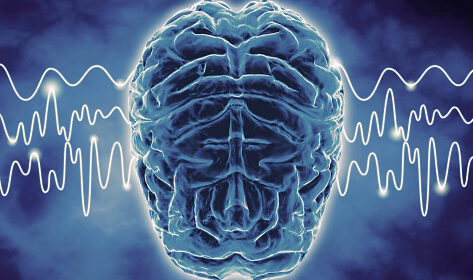TELSTAR

In comatose survivors of cardiac arrest does the treatment of rhythmic and periodic electroencephalographic (EEG) patterns improve neurological outcome compared with standard care?
Continue reading »A compendium of critical appraisals in Intensive Care Medicine research and related specialties


In comatose survivors of cardiac arrest does the treatment of rhythmic and periodic electroencephalographic (EEG) patterns improve neurological outcome compared with standard care?
Continue reading »
In relatives of patients dying in the ICU, does a 3 step support strategy compared with standard care reduce prolonged grief disorder?
Continue reading »
Terminal QRS distortion is present in anterior myocardial infarction but absent in early repolarization Lee. @smithECGBlog. The American Journal of Emergency Medicine;2016;34(11):2182-2185 Clinical Question In patients with benign early repolarisation, is there the absence of terminal QRS distortion on the ECG? Background For patients who present with chest pain, it can be difficult to distinguish between ECG findings of benign […]
Continue reading »
What’s new in the Critical Care literature – monthly updates
Continue reading »
In patients undergoing elective neurosurgery, is a supraclavicular in-plane ultrasound guided approach, compared with an infra-clavicular out-of-plane ultrasound guided approach, non-inferior for catheterisation-related complication?
Continue reading »
Balanced Multielectrolyte Solution versus Saline in Critically Ill Adults Finfer S, NEJM, 2022; DOI: 10.1056/NEJMoa2114464 Clinical Question In critically ill adults does the use of a balanced multielectrolyte solution (BMES, Plasmalyte 148), as opposed to 0.9% Sodium Chloride, for fluid resuscitation and therapy result in reduced 90 day mortality? Background Fluid administration is a key component of critical care therapy […]
Continue reading »
What’s new in the Critical Care literature – monthly updates
Continue reading »